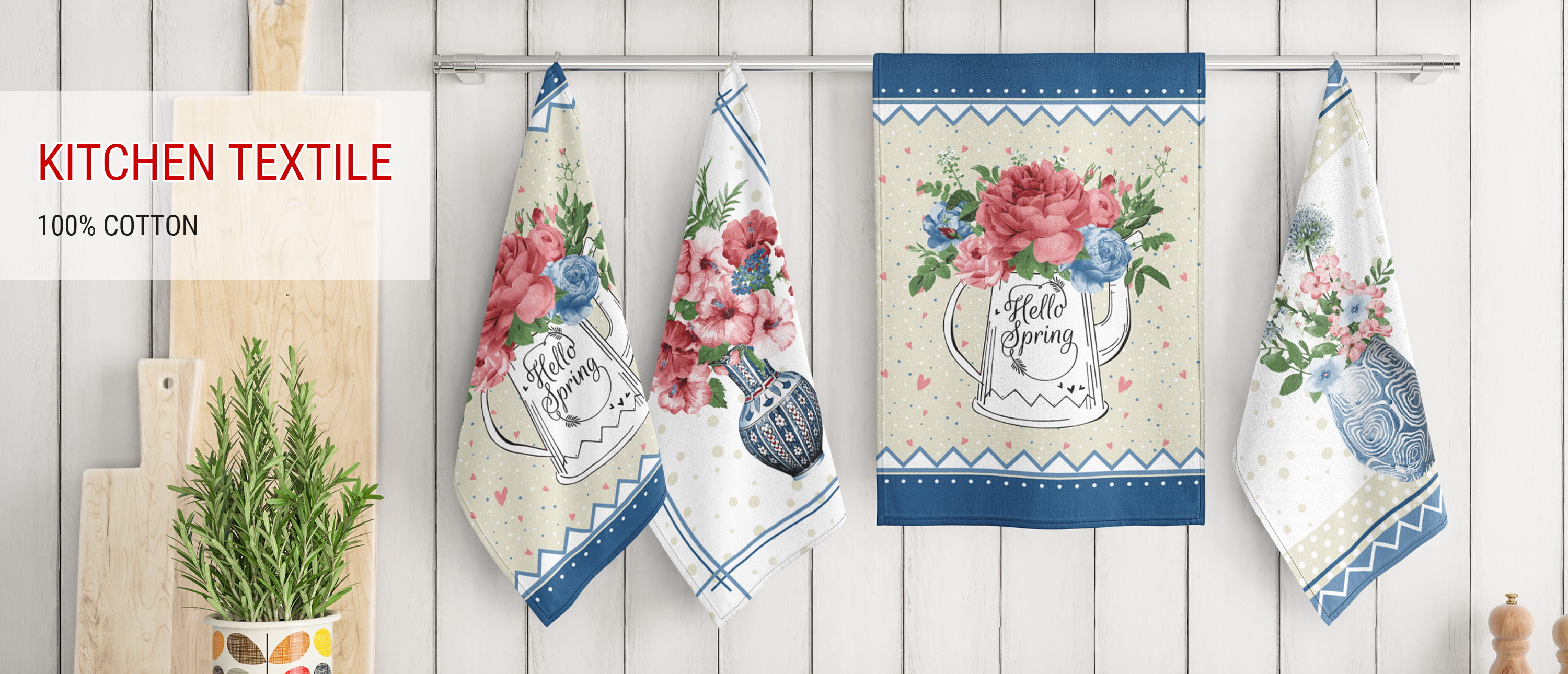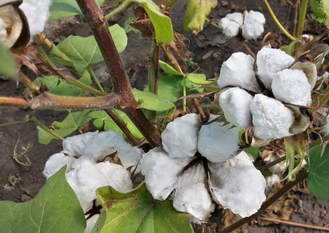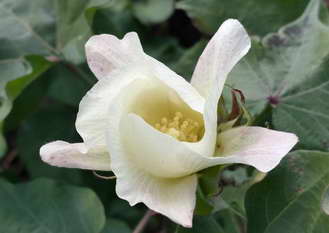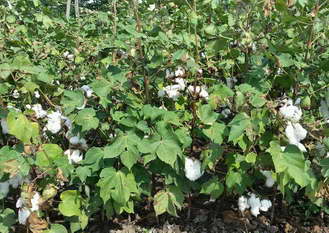company news
COTTON GROWN IN TRANSNISTRIA 17 September 2018
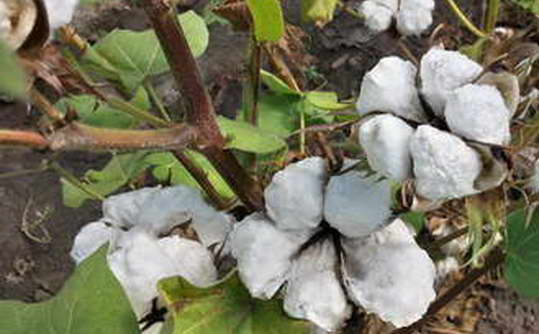
Once the countries of Central Asia were identified as the northernmost regions for cultivation of cotton, the birthplace of which is the tropical regions of Asia, Africa and America. The theory was confirmed by empirical studies, or rather, the unsuccessful experience of cultivation of this crop in the former republics of the Soviet Union located to the north. By the way, in the 50s of the last century, in the Moldavian SSR in Ceadir-Lunga, and even earlier in the south of Ukraine, they also tried to master the fertile lands of black soil for growing cotton. However, then the idea became a failure, and the experiment was quickly cut down.
More than 60 years have passed since then, and agriculture has stepped far forward, new modern technologies, new means of protection of products against pests and diseases, new varieties adapted to the moderate continental climate, and, most importantly, a new goal have appeared. Which goal? Whose goal? What for? We will try to answer these and other questions in this article.
Historically, it turned out that enterprises of light and heavy industry were located on the compact left bank of the Dniester in large cities. The infrastructure of the Moldavian Republic was developing, and labor resources were attracted at the expense of the inhabitants of the periphery. One of the largest projects in 1973 was the launch of the first stage of spinning and weaving production in Tiraspol, today known as Tirotex. For the past 45 years, the main raw material – cotton – is imported from Central Asia. It crosses several countries and travels more than 5 thousand kilometers by rail on the way to the final place of destination. With the onset of difficulties in the international textile industry, the general director of Tirotex, Andrei Mezhinsky, raised the issue of studying the dynamics of marketing in the international market where the situation is constantly changing and developing. Only one thing remains unchanged - the raw material base, which underlies all the production processes of a textile company. By the way, the cost of yarn for future garments includes up to 80% of the cost of cotton. It bears reminding that Tirotex has a reliable reputation in the international market as a manufacturer of high-quality textile products made from 100% cotton. This is confirmed by various international certificates, such as ISO 9001-2015, Belcoro and many other European and national awards.
However, the demand for cotton in the world market resulted in a steady increase of its price, as well as the lack of offers from the producers of white gold.
So the idea was born to try to grow cotton in our region, here in Transnistria. Why not? In the 21st century, innovation touched not only the creation and development of new technologies, but also the development of agriculture. The scientific community, with the support of the Ministry of Agriculture and Natural Resources of the PMR, helped to realize the idea of Andrei Viktorovich.
The project was first launched last year. A small area of 15 acres was used for studying 6 samples of cotton. Already this year, the area where 8 samples of cotton were tested increased 2 times.
According to the candidate of Agricultural Sciences, the leading researcher of the Laboratory of the State University of Transnistria, Konstantin Kalister: «The ultimate goal of this experiment should be the volume of 4 tons of raw cotton per hectare grown, and this is about 1 ton of pure cotton fiber. Unfortunately, not only climate, but also pests affect the yield of cotton. Thrips, mite, aphid, dustpan, etc. - all of them are a threat not only in the countries of Central Asia, but here in Transnistria too. Therefore, in the experimental area, within the framework of these studies, farmers carry out observations and learn to control pests. Of course, many other factors also affect cotton yields. This is the thermal regime of the soil, which varies from the sum of active temperatures and diffuse radiation in the morning hours, watering, features of seating, distance between rows, etc.»
The leading engineer-technologist of the Production Control Service of Tirotex CJSC N.G. Kazdoba, who analyzes the physical and mechanical parameters of cotton fiber, says: «Last year, some success was noted. One of the samples reached maturity at the boundary between grade 1 and grade 2, with fiber staple length of 33-35 mm, which corresponds to type 4. The remaining samples had maturity equal to grade 2, 3 and 4. This year, thanks to a number of activities developed by the research institutes, a positive trend was noted. Already 3 samples reached a maturity of grade 1, and their length reached 35 mm, 6 samples were at the boundary of grade 1-2, 3 samples corresponded to grade 2 and the rest were at the boundary of grades 2 and 3. None of the samples showed 4th grade, as in the past year, which means some success».
The director of the spinning and weaving production, Ivan Damaskin noted that: «Tirotex acquires about 60% of cotton of type 5 with staple lengths of 31-33 mm, and for high-margin products - the future renforce, percale, etc., which are produced from fine yarn, the 5th type is mixed with 4th type, the staple length of which is up to 35 mm. Different length and thickness of the fiber affects the strength and yarn quality. It was this kind of cotton that we managed to grow on our own here in our region, which had never happened before. Of course, this news is sensational».
The general director of Tirotex, Andrei Viktorovich Mezhinsky says that, despite the obvious success, it is still early to sum up the final results: «Considering the experience of the past year, we made some adjustments and sowed the test field with a variety of elite cotton sorts from Asia and Europe. It is too early to say that cotton can be grown on an industrial scale. This requires not only investments of 15-20 million dollars (for cotton processing plants, agricultural machinery, etc.). Another factor is also important, such as climatic conditions. While cotton seeds withstand the rate of total active temperatures due to their selection, the weather conditions at the time of fiber ripening in August-September can seriously let us down. And this will potentially lead to a threat to harvest and, accordingly, will carry great financial risks».
In any case, it is still quite early to say that the light industry of Transnistria is ready to stop importing raw materials. But it is obvious that the leading flagship of the textile industry, Tirotex, in many ways, is ready to fully compete and fully integrate into economic international cooperation. Moreover, work in this direction and the search for new forms of development through the use of innovative solutions is ongoing.







